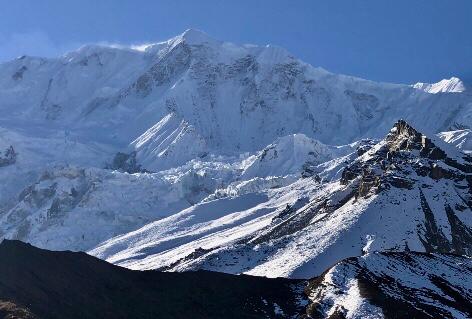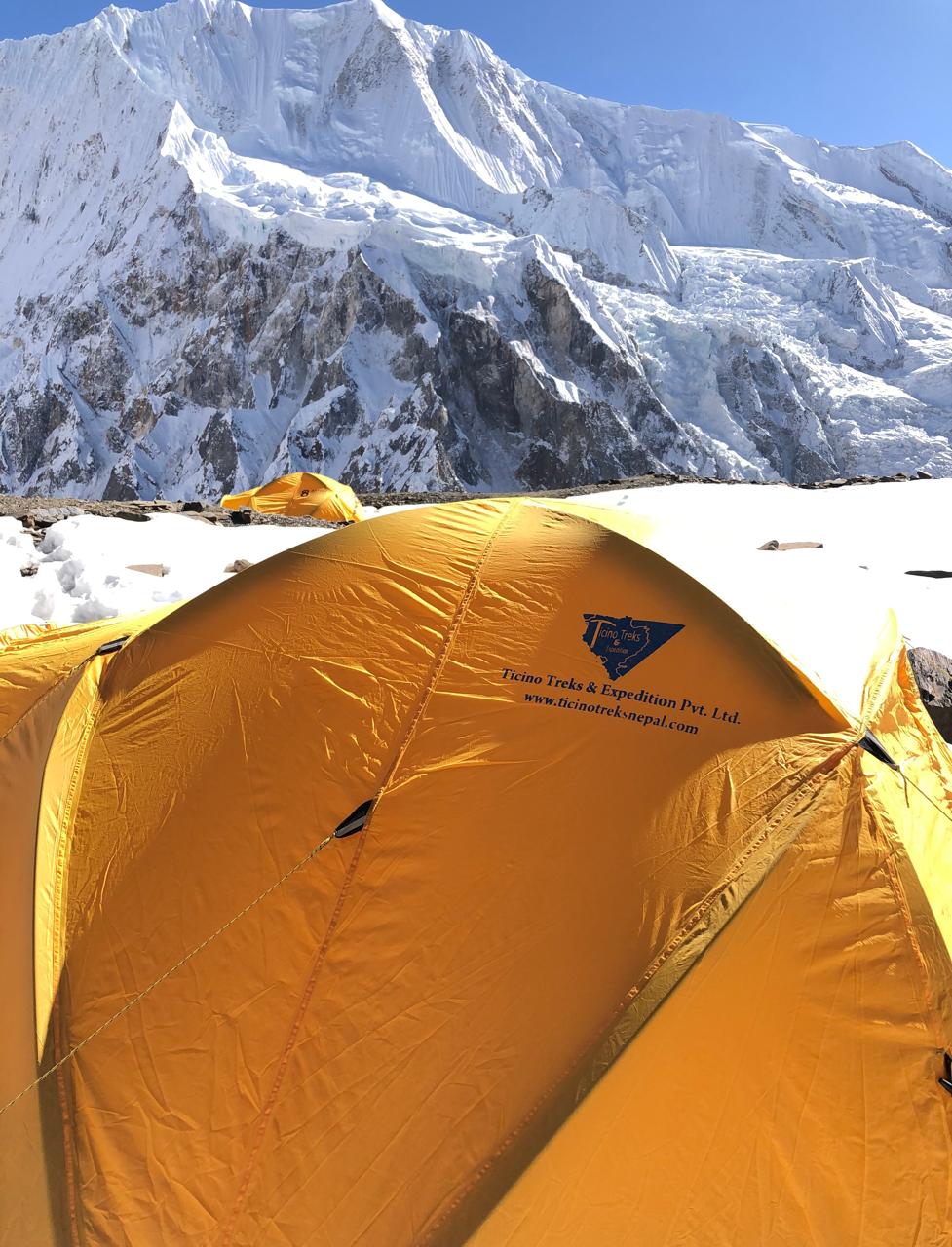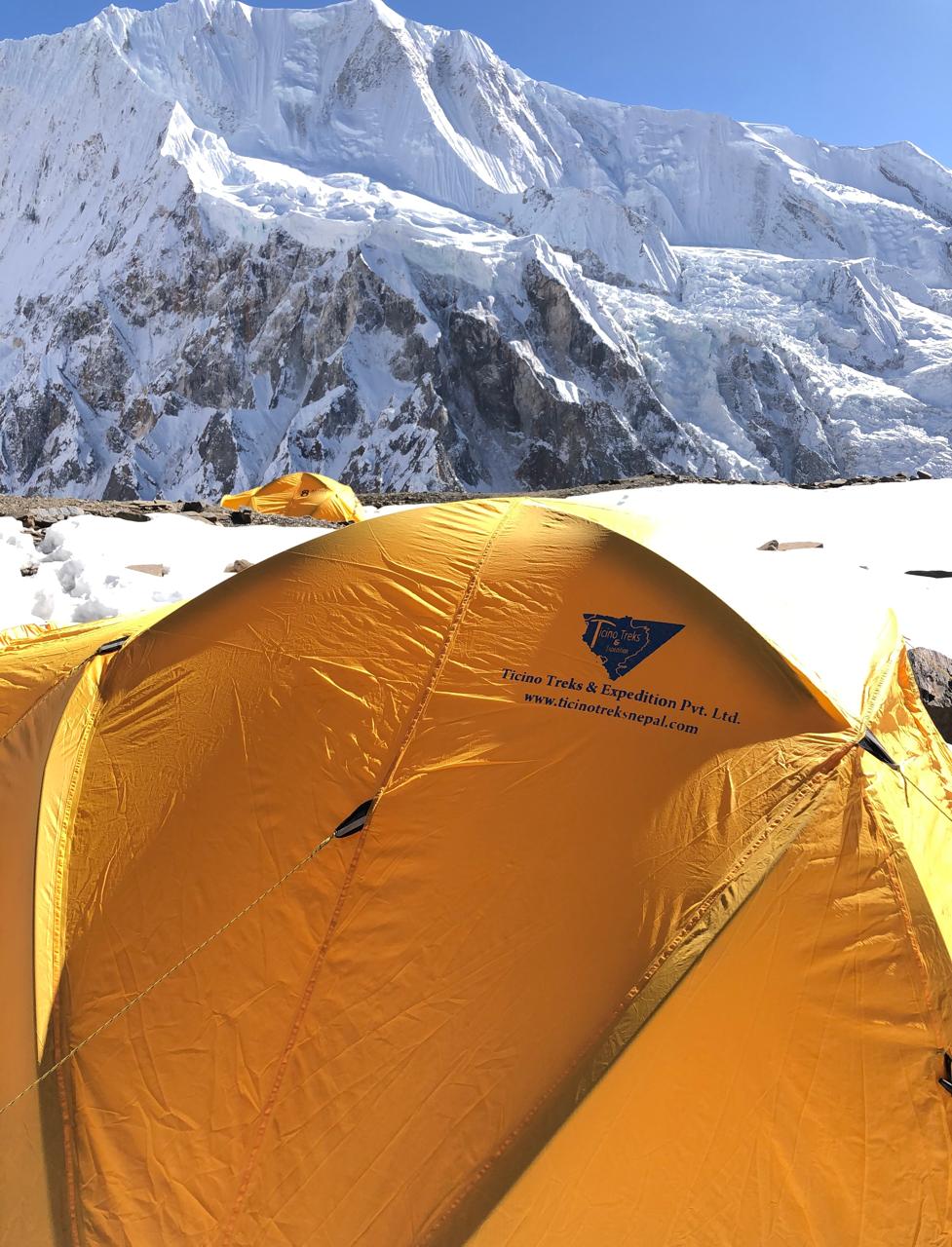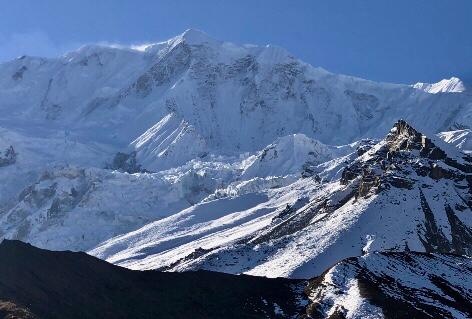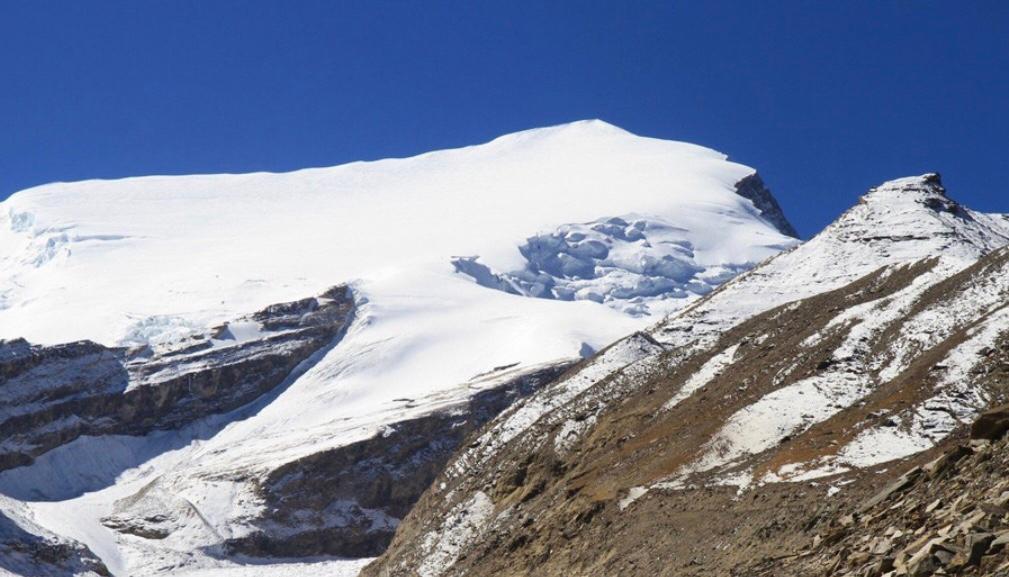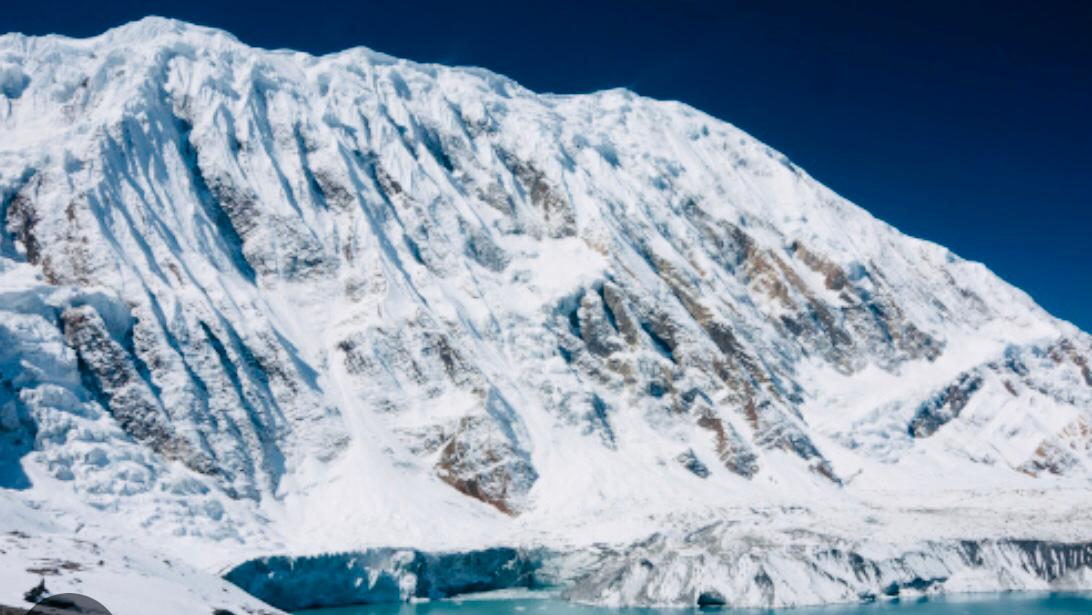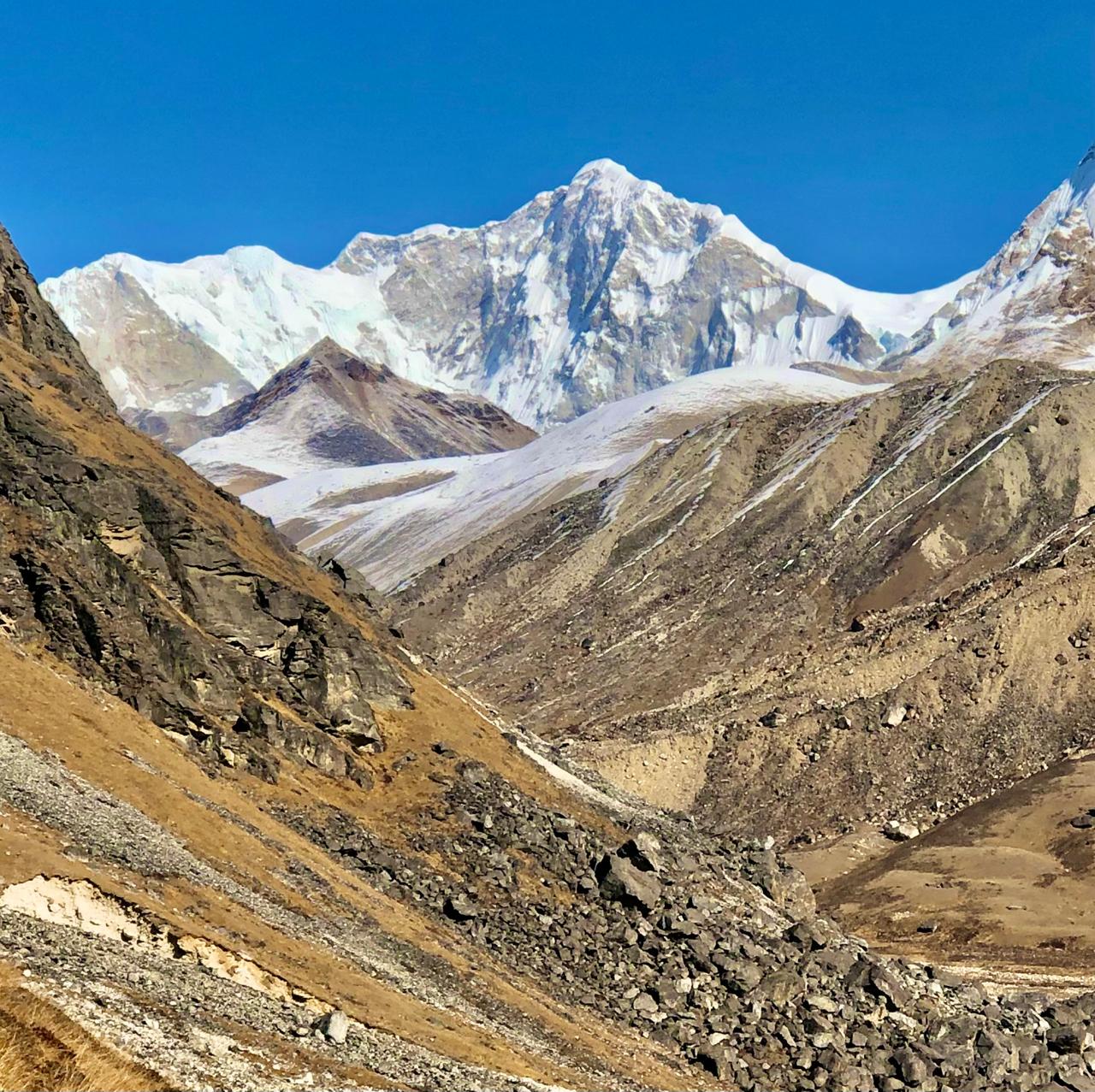Mt. Gyajikang (7,100m) is an exhilarating and challenging peak located in the remote Nar Phu Valley of Nepal’s Manang District, near the border with Tibet. This expedition offers a unique combination of high-altitude climbing, cultural immersion, and breathtaking Himalayan scenery. The Gyajikang Expedition follows a rugged and less-traveled route through Tibetan-influenced villages, pristine alpine landscapes, and high mountain passes, making it an extraordinary adventure for experienced mountaineers.
Opened to climbers only in 2002, Mt. Gyajikang has seen few successful ascents, making it an enticing objective for those seeking a less commercialized and more exploratory climb. The route involves steep snow slopes, technical ice climbing, and high-altitude glacier travel, requiring excellent fitness and prior mountaineering experience.
The expedition begins with a scenic drive from Kathmandu to Besisahar, followed by an off-road journey to Koto. From there, climbers trek through remote settlements such as Meta and Phu Gaun before reaching the base camp at 4,850m. The climbing phase spans approximately two weeks, allowing ample time for acclimatization, route setting, and summit attempts. Following a successful ascent, the descent retraces the trekking route, concluding in Kathmandu after 32 days of adventure.
This expedition not only offers an exceptional climbing experience but also provides insight into the rich Tibetan culture, ancient monasteries, and the striking beauty of the Annapurna and Peri Himal ranges.
Trip Notes
Best Season for Climbing:
-
Spring (April-May): Stable weather, moderate temperatures, and good climbing conditions.
-
Autumn (September-November): Clear skies, excellent visibility, and ideal trekking conditions.
Experience Required:
-
Prior experience in high-altitude trekking and mountaineering is essential.
-
Familiarity with ice climbing, crevasse navigation, and rope techniques is required.
-
Climbers should be comfortable using ice axes, crampons, and fixed ropes.
Accommodation:
-
Lodges & Tea Houses: Available in lower altitude trekking regions.
-
Tented Camps: Used at higher altitudes, including base camp and above.
Permits Required:
-
Annapurna Conservation Area Entry Permit
-
Nar Phu Restricted Area Permit
-
Climbing Permit for Gyajikang (issued by the Nepal Mountaineering Association)
Safety & Acclimatization:
-
Multiple rest days are included to aid acclimatization and reduce altitude sickness risks.
-
Experienced Sherpa guides provide support during technical sections and summit attempts.
-
Oxygen cylinders and a first aid kit will be available for emergency use.
Physical Fitness:
-
Excellent cardiovascular endurance and muscular strength are required.
-
Training should include long hikes, altitude exposure, and technical climbing practice.
Cultural Highlights:
-
Experience the unique Tibetan culture of Nar and Phu villages.
-
Visit ancient monasteries and traditional settlements.
-
Witness the stunning landscapes of the Manang Valley and surrounding Himalayan peaks.
